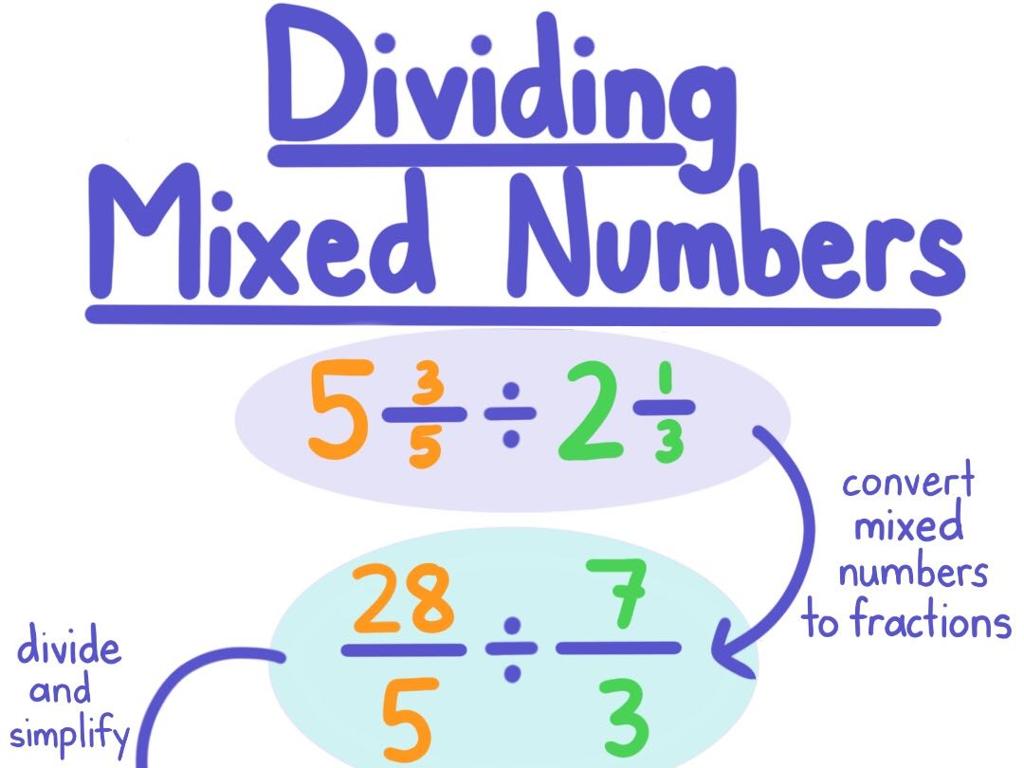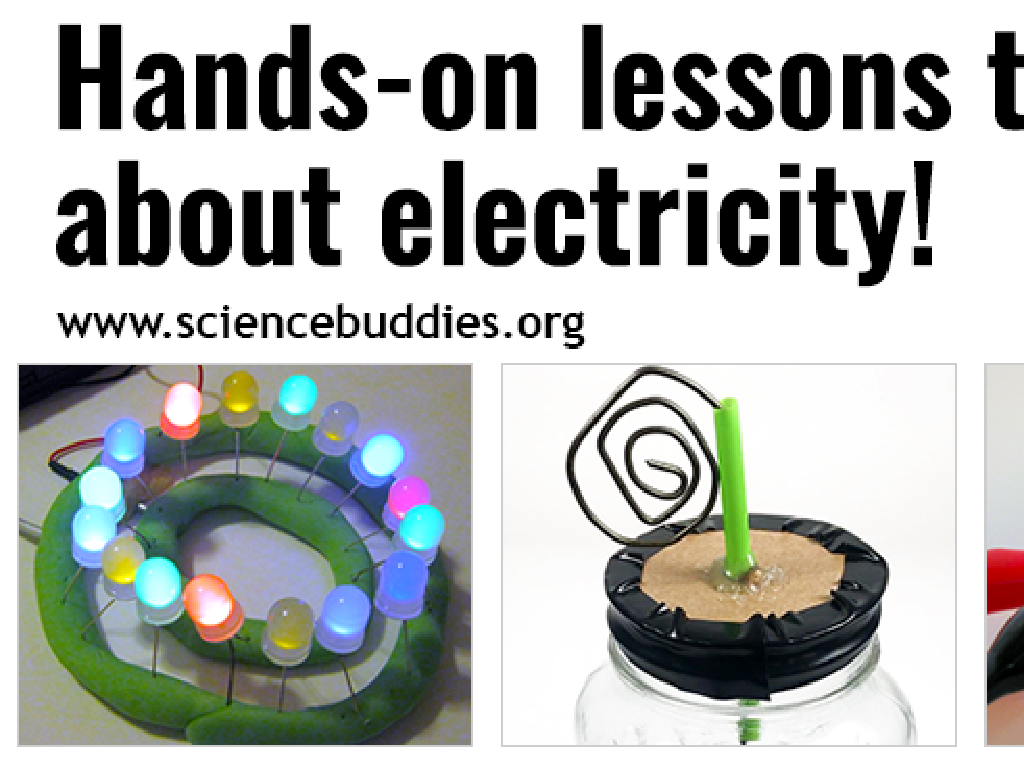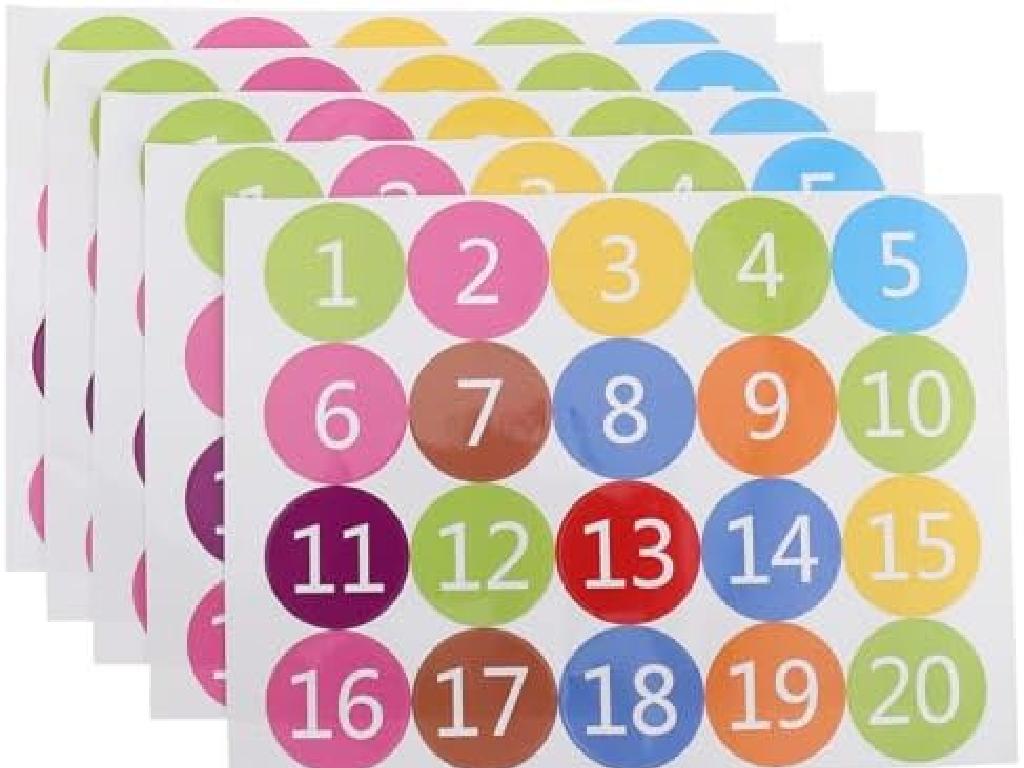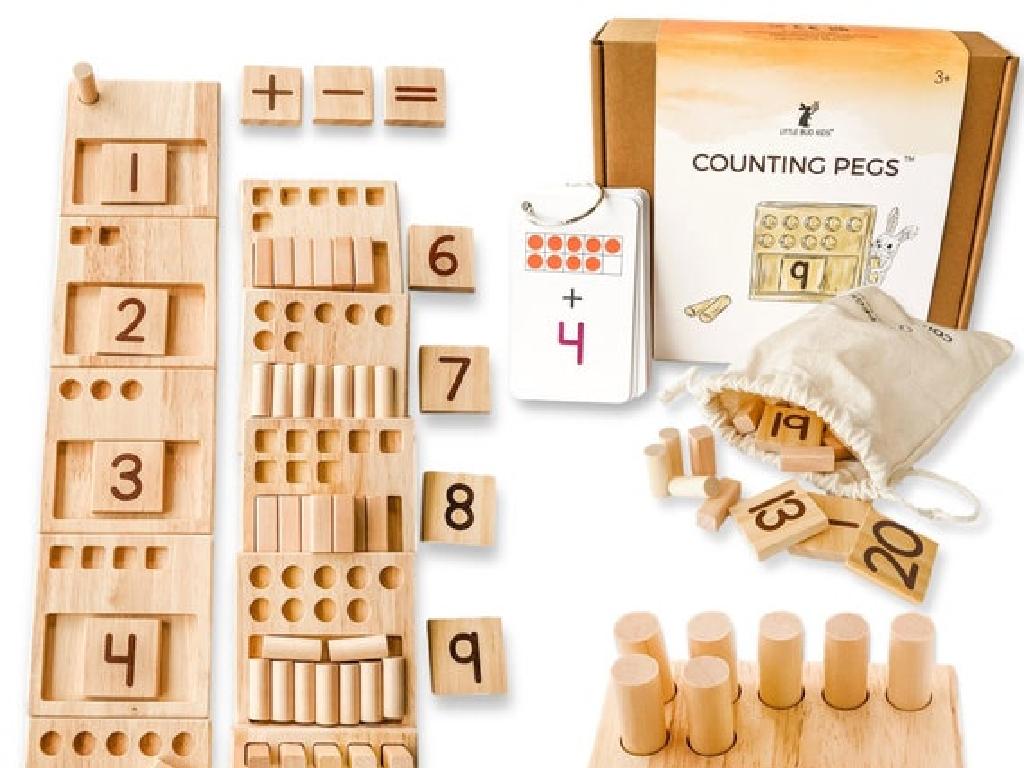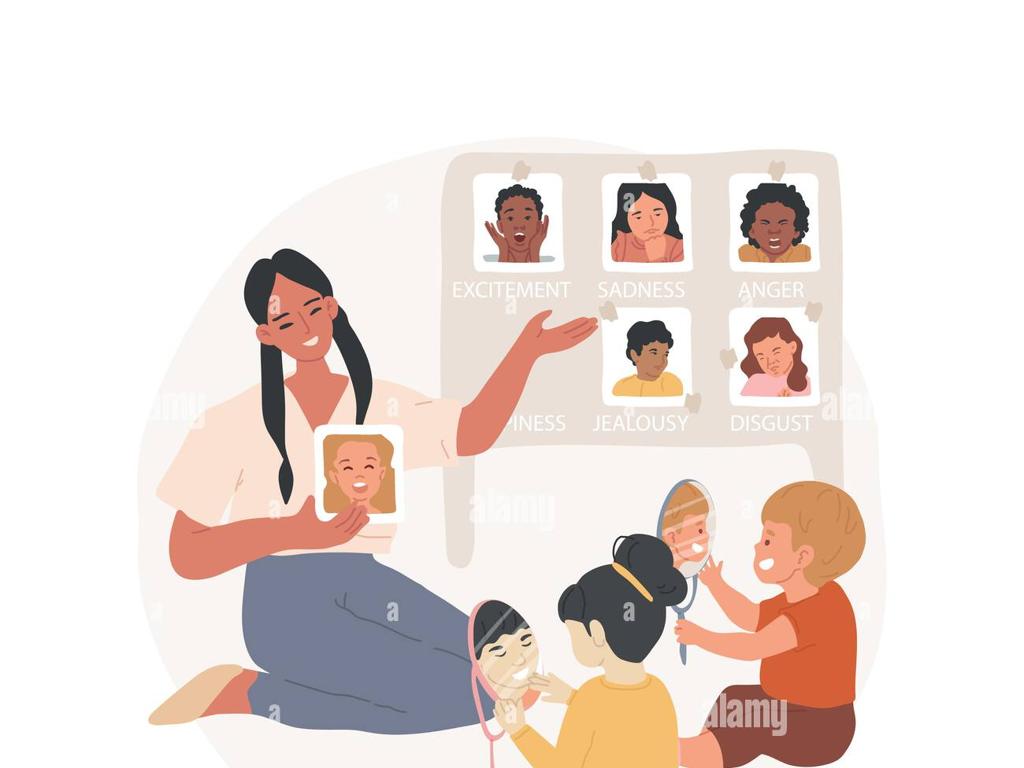Relationship Between Decimal Place Values
Subject: Math
Grade: Fifth grade
Topic: Decimal Place Value
Please LOG IN to download the presentation. Access is available to registered users only.
View More Content
Understanding Decimal Place Values
– Place value importance
– Each place has a value 10 times the place to its right
– Decimals introduction
– Decimals represent parts of a whole
– Relationship between places
– Tenths are 10 times greater than hundredths
– Today’s learning goal
|
This slide introduces the concept of decimal place values to fifth-grade students. Begin by explaining the importance of place value and how it helps us determine the value of a number. Introduce decimals as a way to represent fractions and parts of a whole. Highlight the relationship between decimal places, emphasizing that each place value to the left is 10 times greater than the one to the right. Today’s goal is to ensure students understand this relationship, using examples like comparing tenths to hundredths. Engage students with visual aids and interactive examples to solidify their understanding.
Understanding Decimals
– What is a decimal?
– A number with a point that separates the whole from the fractional part
– Decimals show parts of a whole
– Like pieces of a pie, decimals represent something less than one whole
– Decimals in everyday life
– Money uses decimals: $0.25 means 25 cents, which is a part of a dollar
– Decimals and place value
– Each place to the right of the decimal point is a smaller unit: tenths, hundredths, etc.
|
This slide introduces the concept of decimals to fifth graders. Begin by explaining that a decimal is a way to write numbers that are not whole, using a decimal point. Emphasize that decimals are used to represent parts of a whole, similar to fractions. Provide relatable examples such as money to illustrate how decimals appear in everyday life. Discuss how each place value to the right of the decimal represents a smaller part of a whole, such as tenths, hundredths, and so on. Encourage students to think of other examples where they encounter decimals and to understand the importance of place value in determining the size of the decimal.
Exploring Decimal Place Values
– Learn the Place Value Chart
– Identify Tenths, Hundredths, Thousandths
– Tenths: 0.1, Hundredths: 0.01, Thousandths: 0.001
– Compare Decimal Place Values
– Understand that each place is 10 times smaller than the one before it
– Practice with Examples
– Use examples like money: $0.10, $0.01, and $0.001
|
This slide introduces students to the concept of decimal place values, starting with the place value chart. It’s crucial for students to recognize each place – tenths, hundredths, and thousandths – and understand how their values compare. Emphasize that as we move from left to right on the chart, each place is ten times smaller than the previous one. To help students grasp this concept, use relatable examples such as money, where a dime represents tenths ($0.10), a penny represents hundredths ($0.01), and a hypothetical coin would represent thousandths ($0.001). Encourage students to practice by writing down numbers in the chart and comparing different place values.
Comparing Decimal Places
– Each place has a unique value
– Ones, tenths, hundredths, etc., each place is 10 times the next.
– Moving right or left changes value
– Moving one place to the right divides by 10, left multiplies by 10.
– Compare: 0.5, 0.05, 0.005
– 0.5 is ten times more than 0.05, and a hundred times more than 0.005.
|
This slide aims to help students understand the concept of place value in decimals. Each place to the left or right of the decimal point represents a value ten times larger or smaller than the one next to it. Emphasize the pattern of moving places and how it affects the overall value of the number. Use visual aids or manipulatives if possible to show the difference in value as you move from one place to another. Encourage students to think of money as a real-life example, comparing dollars to dimes and pennies. Provide additional examples and practice problems to reinforce the concept.
Building and Breaking Down Decimals
– Create decimals with place value
– Use knowledge of ones, tenths, hundredths
– Break down decimals into parts
– Each decimal place is 10 times smaller
– Activity: Construct a decimal
– Choose digits for each place value
– Understand decimal relationships
|
This slide introduces the concept of constructing and deconstructing decimals using place value knowledge. Emphasize that each place to the right is ten times smaller than the one before it. For the activity, students will create their own decimals by choosing digits for the ones, tenths, and hundredths places, helping them understand how place value contributes to a decimal’s size. Teachers should prepare manipulatives or decimal grids for visual aid. Possible activities include creating the largest/smallest decimal possible, comparing decimals, or converting fractions to decimals. This hands-on experience reinforces their understanding of the relationship between decimal place values.
Exploring Decimal Place Value Relationships
– Relationship between decimal places
– Each place is 10 times the value of the place to its right.
– Multiplying decimals by 10
– Moving the decimal point one place to the right.
– Dividing decimals by 10
– Moving the decimal point one place to the left.
– Patterns in decimal values
– Recognize how the value changes with each shift.
|
This slide introduces students to the fundamental concept of decimal place values and how each place relates to the others. Emphasize that as you move from right to left, each place value is 10 times greater than the one before it. When multiplying by 10, the decimal point moves one place to the right, making the number larger. Conversely, when dividing by 10, the decimal point moves to the left, making the number smaller. Encourage students to look for and describe patterns they notice when shifting the decimal point. This understanding is crucial for their future math skills, including operations with larger numbers and understanding the metric system.
Real-World Application of Decimal Place Values
– Importance of decimal place value
– Decimals in money transactions
– Every cent matters in price calculation
– Decimals in measurements
– Precise measurements in recipes and construction
– Examples: Shopping, Cooking, Building
– Calculating change, measuring ingredients, and cutting lengths
|
Understanding decimal place values is crucial in everyday life, especially when dealing with money and various measurements. This slide emphasizes the practicality of decimals in real-world scenarios such as shopping, where calculating the correct change is important, or in cooking, where precise measurements can affect the outcome of a recipe. In building or construction, accurate measurements are essential for the proper fitting of materials. Encourage students to think of times they have used decimals in their daily lives and discuss the importance of accuracy in these situations.
Class Activity: Decimal Detective
– Become a Decimal Detective!
– Find clues to solve decimal mysteries
– Look for patterns in decimal place values
– Work in pairs for the challenge
– Discuss strategies with your partner
– Share your findings with the class
– Explain how you solved the mysteries
|
In this engaging class activity, students will pair up to become ‘Decimal Detectives.’ They will search for patterns and clues within given decimal numbers to understand the relationship between place values. Provide students with a worksheet containing various decimal numbers and ask them to identify the value of underlined digits, compare decimals, and solve problems related to place value. Encourage them to discuss their strategies and reasoning with their partner. After completing the challenge, each pair will present their findings to the class, explaining the logic behind their answers. This activity promotes collaboration, critical thinking, and a deeper understanding of decimal concepts.
Wrapping Up: Decimal Place Values
– Recap decimal place values
– Each place value is 10 times the value to its right
– Key lesson takeaways
– Understanding how to compare and use decimals is crucial in math
– Q&A session
– Reflect on what we learned
– Think about how decimals are used in everyday life
|
As we conclude today’s lesson, start by recapping the relationships between decimal place values, emphasizing that each place is ten times the value of the place to its right. Highlight the key takeaways, such as the importance of understanding and comparing decimal numbers. Open the floor for a Q&A session to address any uncertainties and reinforce learning. Encourage students to reflect on what they’ve learned and how it applies to real-world situations, like money transactions. This reflection helps solidify their understanding and appreciation of the decimal system.

